Foundation Year
My personal world
The Foundation curriculum focuses on developing students' understanding of their personal worlds, including their personal and family histories and the places they and their families live in and belong to. The emphasis is on the student's own history and their own place. They explore why places are special to them and others. As students explore the people and features of their social and physical worlds, they examine representations of place and sources, which may include stories from family members and from different cultures. They may also study places of similar size that are familiar to them or that they are curious about, coming to see how people feel about and look after places. Learning about their own heritage and their own place contributes to students' sense of identity and belonging, beginning the idea of active citizenship.
The content provides opportunities for students to begin to develop humanities and social sciences understanding through key concepts including significance, continuity and change, place and space and perspectives. These concepts may provide a focus for inquiries and be investigated across sub-strands or within a particular sub-strand context.
The content at this year level is organised into two strands: knowledge and understanding, and inquiry and skills. The knowledge and understanding strand draws from two sub-strands: history and geography. These strands (knowledge and understanding, and inquiry and skills) are interrelated and have been developed to be taught in an integrated way, which may include integrating with content from the sub-strands and from other learning areas, and in ways that are appropriate to specific local contexts. The order and detail in which they are taught are programming decisions.
Inquiry Questions
A framework for developing students' knowledge, understanding and skills is provided by inquiry questions. The following inquiry questions allow for connections to be made across the sub-strands and may be used or adapted to suit local contexts: inquiry questions are also provided for each sub-strand that may enable connections within the humanities and social sciences learning area or across other learning areas.
- Who am I, where do I live and who came before me?
- Why are some places and events special and how do we know?
(source: www.australiancurriculum.edu.au)
Achievement Standard
By the end of Foundation Year, students identify important events in their own lives and recognise why some places are special to people. They describe the features of familiar places and recognise that places can be represented on maps and models. They identify how they, their families and friends know about their past and commemorate events that are important to them.
Students respond to questions about their own past and places they belong to. They sequence familiar events in order. They observe the familiar features of places and represent these features and their location on pictorial maps and models. They reflect on their learning to suggest ways they can care for a familiar place. Students relate stories about their past and share and compare observations about familiar places.
(source: www.australiancurriculum.edu.au)
Achievement Standard
By the end of the Foundation year, students identify important events in their own lives. They identify how they, their families and friends know about their past and commemorate events that are important to them.
Students sequence familiar events in order. They respond to questions about their own past. Students relate a story about their past using a range of texts.
(source: www.australiancurriculum.edu.au)
Achievement Standard
By the end of Foundation Year, students describe the features of familiar places and recognise why some places are special to people. They recognise that places can be represented on maps and a globe and why places are important to people.
Students observe the familiar features of places and represent these features and their location on pictorial maps and models. They share and compare observations in a range of texts and use everyday language to describe direction and location. Students reflect on their learning to suggest ways they can care for a familiar place.
(source: www.australiancurriculum.edu.au)
- Free Plan
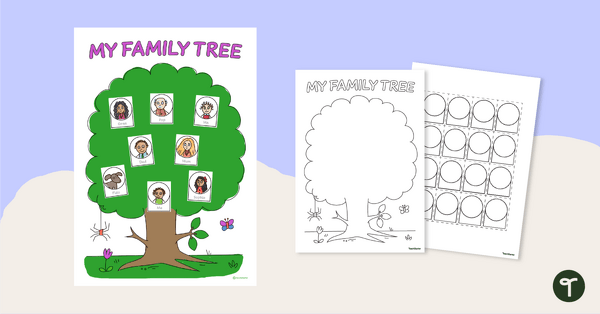
Build a Family Tree – Template
A versatile resource to use when exploring family history with your students.
- Free Plan
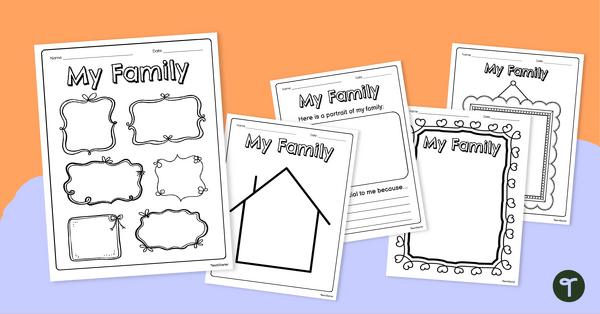
My Family Portrait Templates
Encourage your students to explore their identity through these Family Portrait Worksheets Templates.
- Plus Plan
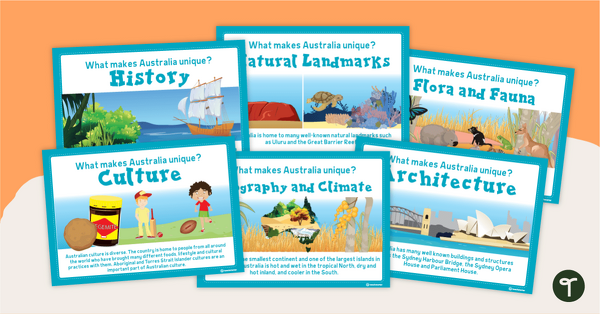
What Makes Australia Unique Posters
A set of 6 educational posters highlighting some of the things that make Australia unique
- Plus Plan
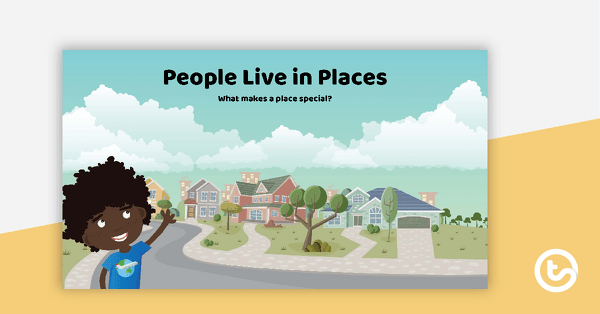
People Live in Places PowerPoint
A 21 slide editable PowerPoint template introducing students to investigating the places people live in and belong to.
- Free Plan

Sustainability Activity - Caring for the Environment
Promote sustainable living with a sustainability sorting activity.
- Plus Plan

Interactive Peg Cards - Community Helpers Activities
Learn about community helpers and the jobs they do with a set of interactive peg cards.
- Plus Plan
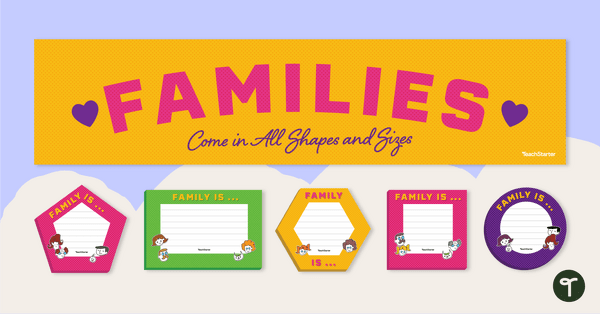
Families Come in All Shapes and Sizes - Classroom Display
Create a vibrant classroom display of your students’ families with this easy to implement resource.
- Plus Plan
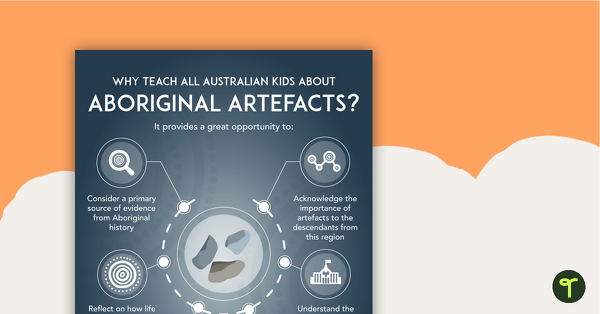
Why Teach About Aboriginal Artefacts? Poster
An educational poster providing a rationale for teaching Australian children about Aboriginal artefacts.
- Plus Plan
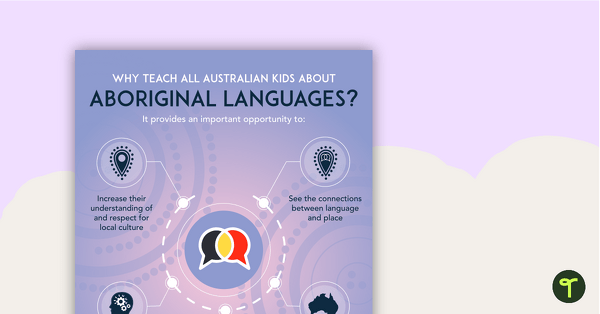
Why Teach About Aboriginal Languages? Poster
An educational poster providing a rationale for teaching Australian children about Aboriginal languages.
- Plus Plan

Learning About the Past PowerPoint
Use this 15-slide editable PowerPoint template when introducing younger students to historical sources.
- Free Plan
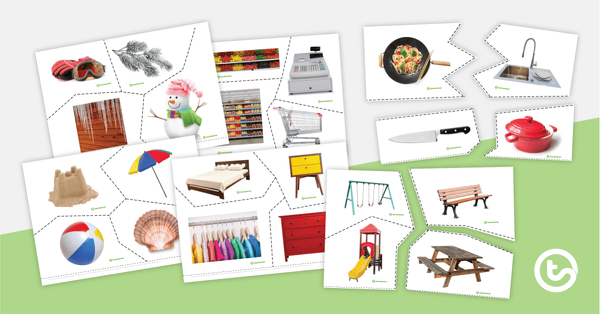
Know Your Place Jigsaws
Six mini jigsaw puzzles focusing on different places.
- Plus Plan
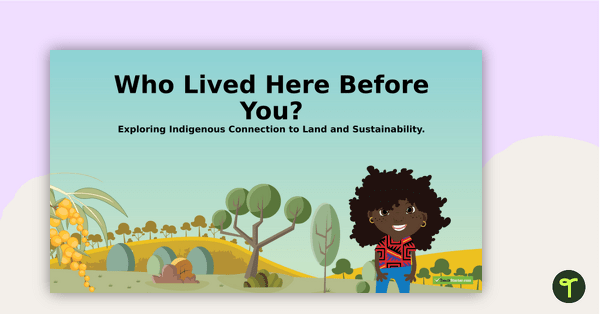
Who Lived Here Before You? PowerPoint
A 17 slide editable PowerPoint template introducing students to Aboriginal and/or Torres Strait Islander Peoples connection to land.
- Plus Plan
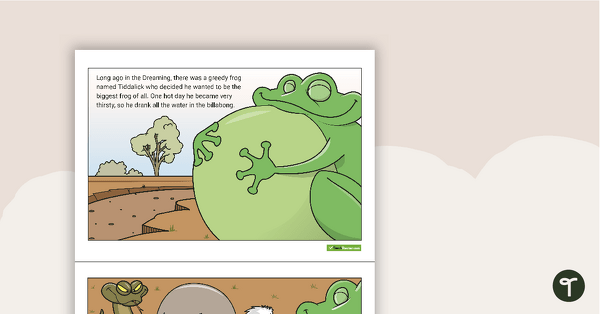
Tiddalick the Frog Dreaming Story Sequencing Activity Cards
Use these Tiddalick the Frog sequencing activity cards as a resource for teaching Australian Dreaming Stories.
- Free Plan
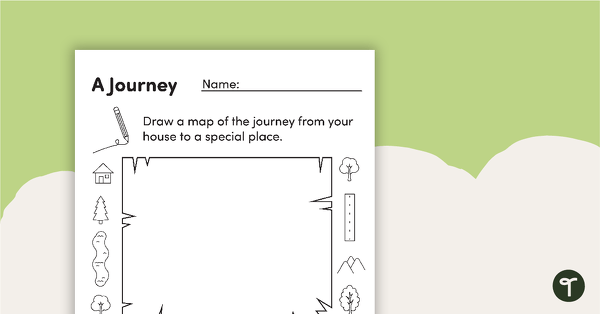
Mapping a Journey – Worksheet
A worksheet that allows students to create a map of a journey when exploring local places.
- Plus Plan
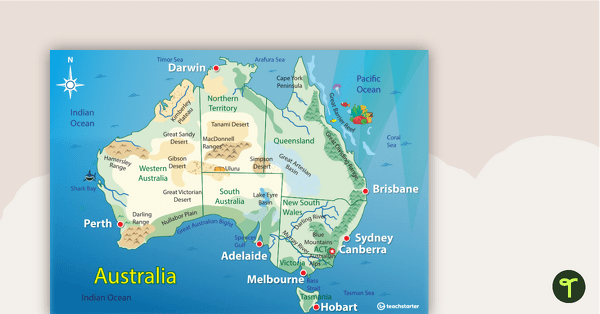
Australian Landform Map
A map of Australia showing the major landforms.
- Plus Plan
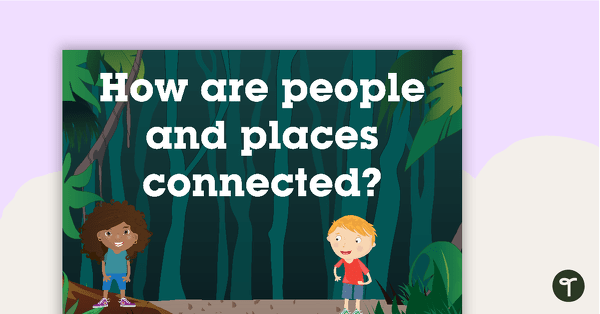
How Are People and Places Connected? - Geography Word Wall Vocabulary
51 people and places vocabulary word wall cards.
- Free Plan
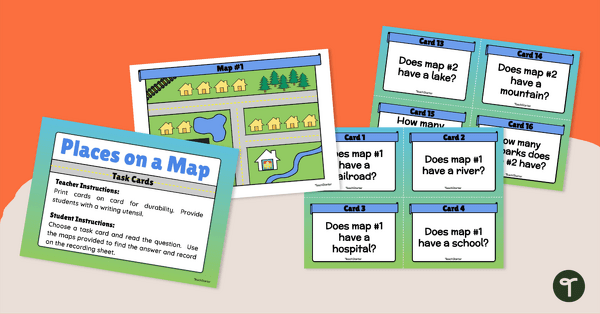
Places on a Map - Task Cards
Teach your young learners to read community maps with a set of task cards.
- Plus Plan
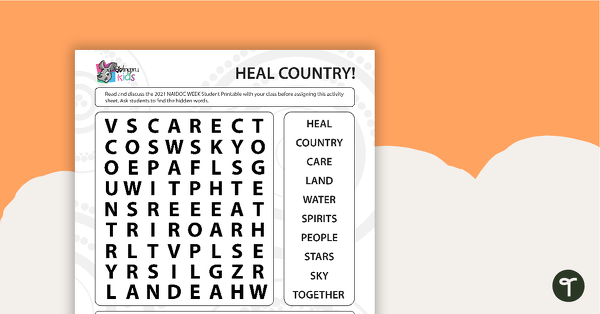
NAIDOC 2021 – Heal Country! - Word Search (Early Years)
A puzzle related to key concepts of the NAIDOC theme.
- Plus Plan
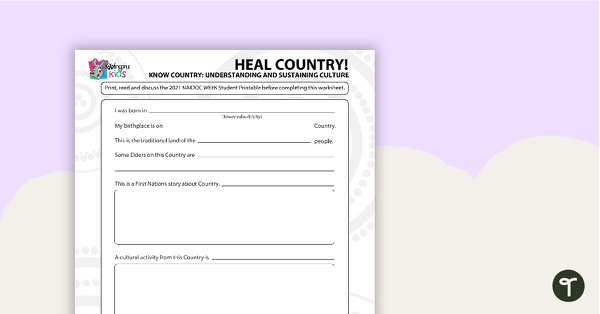
NAIDOC 2021 – Heal Country! - Worksheet (Early Years)
A worksheet for students to reflect on the NAIDOC theme as it relates to them.
- Plus Plan
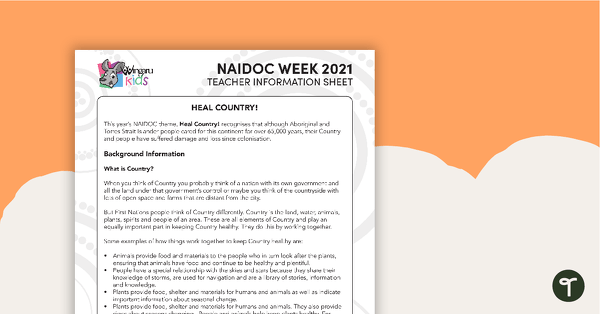
NAIDOC 2021 – Heal Country! Teacher information sheet
A teacher information sheet about the NAIDOC 2021 theme: Heal Country!
- Plus Plan
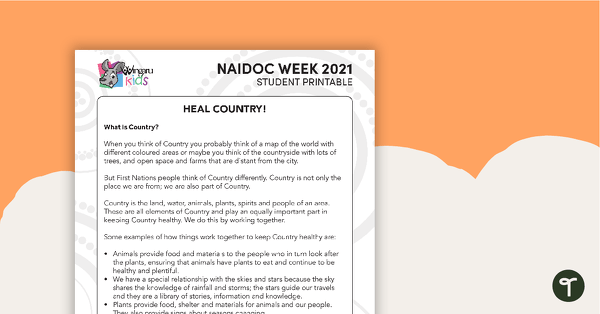
NAIDOC 2021 – Heal Country! Student information sheet
A student information sheet about the NAIDOC 2021 theme: Heal Country!
- Free Plan

A Very Special Memory – Worksheet
Explore the role that photographs play in communicating the stories of our past with this simple worksheet.
- Free Plan
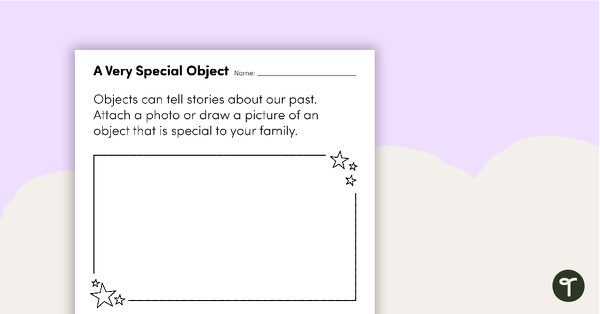
A Very Special Object – Worksheet
Explore the role that objects play in communicating the stories of our past with this simple worksheet.
- Free Plan
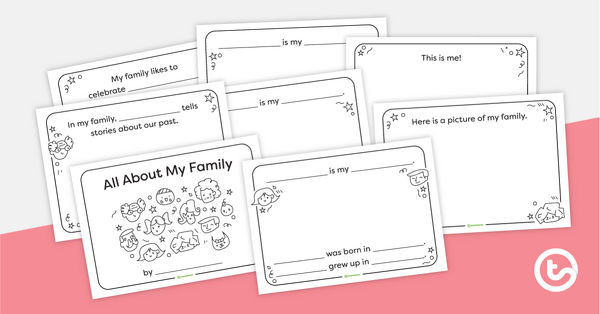
All About My Family Mini Booklet
A template for students to complete all about their family.
- Plus Plan
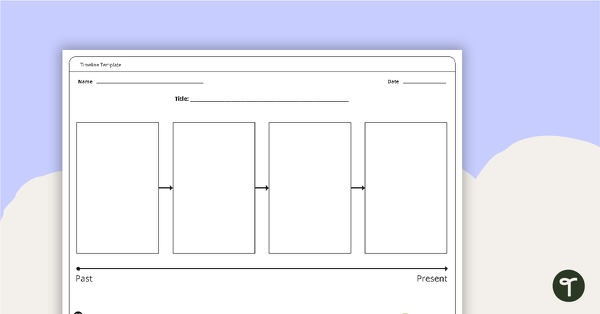
Blank Timeline Template
A blank editable timeline template to use as a recording worksheet in history lessons.
- Plus Plan
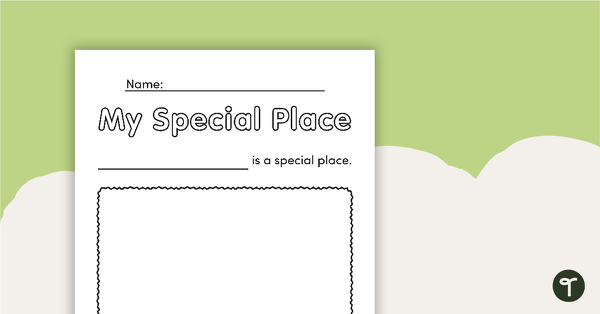
My Special Place – Assessment Worksheet
A worksheet for students to use when demonstrating their understanding of special places in the local community.
- Free Plan
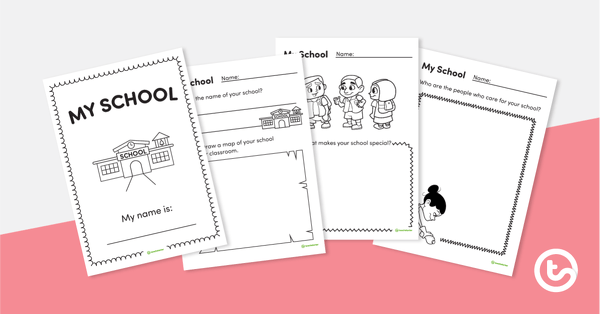
My School – Worksheets
A set of 4 worksheets that allow students to describe the special and important features of their school.
- Free Plan
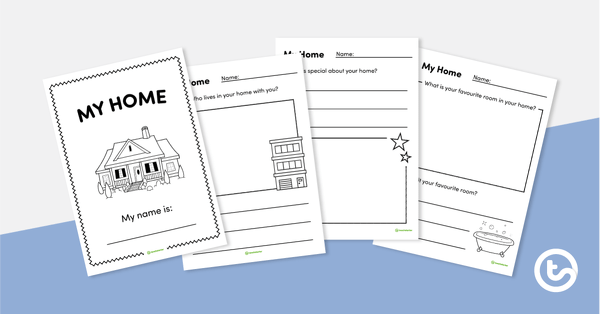
My Home – Worksheets
A set of 4 worksheets that allow students to describe the special and important features of their home.
- Plus Plan
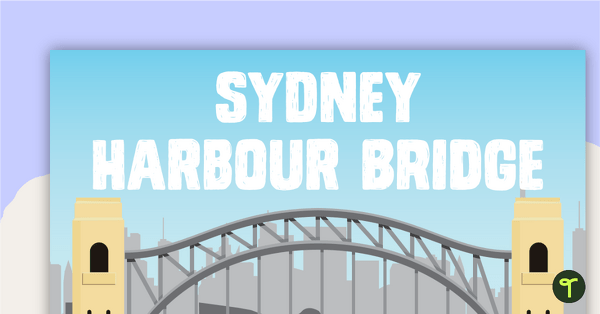
Five Australian Landmarks Posters
A set of 5 posters highlighting some of Australia's most famous Landmarks.
- Plus Plan
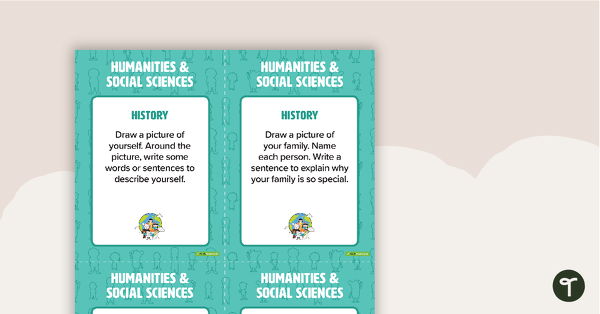
Fast Finisher Humanities and Social Sciences Task Cards - Foundation
A set of 10 Humanities and Social Sciences task cards.
- Plus Plan
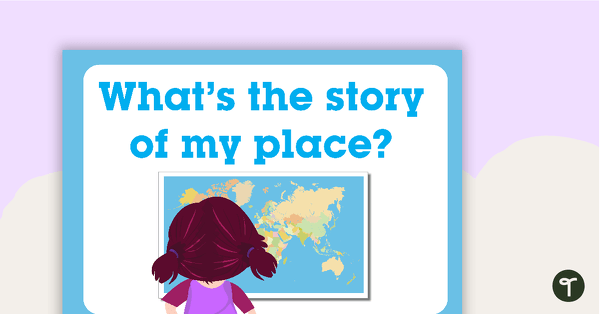
What's the Story of My Place? - Geography Word Wall Vocabulary
36 What's the Story of My Place vocabulary cards.
- Plus Plan
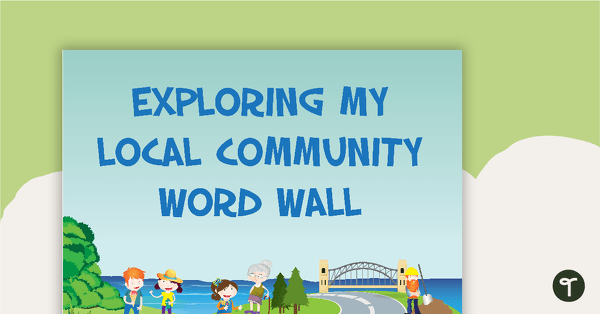
Exploring My Local Community - History Word Wall Vocabulary
20 vocabulary cards about exploring the local community.